Critical thinking: what it is, technology and development methods

Any scientific achievements, successful business projects and personal growth do not begin with a fortunate coincidence, but with a person's critical thinking. It is this that is the real engine of progress. Is it possible to develop this type of thinking and how to do it, this article will tell.

What it is?
Critical thinking is a special system of judgments used in the analysis of events... In simple terms, this kind of thinking helps to draw informed conclusions and apply them in practice to solve problems and situations. In pedagogy, psychology, psychotherapy, critical thinking is considered higher-level thinking. It is often referred to as polite skepticism. A person by his reasoning casts doubt on information received from the outside. This criticism extends to one's own beliefs. By his actions, a person forces himself to find arguments in favor or against them, which implies a search for options and alternatives. It is believed that the transition from a form of social consciousness to a critical one presupposes that the necessary conditions are formed for the start of civilized development not only of individuals, but of the entire community as a whole.
Critical thinking is characterized by reflexivity as a characteristic, a person rationally and intellectually chooses what to trust, what to do, and analyzes information. Unlike ordinary or subcritical thinking, there is no chaotic decision-making. The term was once proposed by the philosopher John Dewey. And only at the end of the last century, the question received a logical continuation, it was created by his research by Richard Paul, who made a classification of critical thinking, its tasks.These people believed that the need for it was caused by the development of modern man. A number of psychologists today consider critical thinking as the application of cognitive methods based on the fact that a person is in complete control of his actions and decisions.
As a result, he has an increased likelihood that what he wants will be obtained, and negative options for the development of events are reduced.
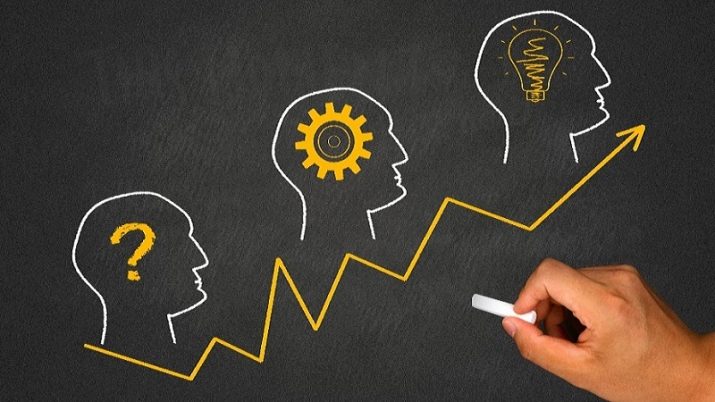
Signs
Critical thinking is not as easy as it sounds. Critical thinking has well-defined characteristics.
- Observation and attentiveness - a person is able to mark details, fix them in memory.
- The ability to interpret and logic - a person can compare data with each other, combine them according to certain criteria, analyze differences.
- Conclusions and conclusions - a person can make informed conclusions, supported by a clear evidence base, make assessments based on information, and not on the basis of their emotions or erroneous judgments.
Critical thinking is characterized by a fairly high level of intelligence development, a constant desire to learn new things, a desire to get to the bottom of the truth. Such people are quite accurate, they have a developed outlook, the desire to find examples in everything, to consider judgments in practice.
High emotionality is characteristic of them to a lesser extent. But they are not at all devoid of creative imagination, and even vice versa. In any situation, they form their opinion themselves, analyze the data, find the missing information and only after that make a decision - to do this or vice versa, to postpone the decision for a while in order to acquire more detailed data for a full analysis.
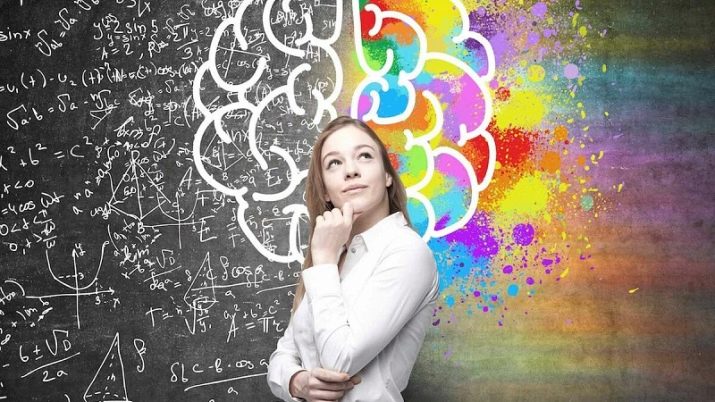
A person who can think critically has the following skills:
- he can express his thoughts very clearly;
- he always finds reasons, irrationality is alien to him;
- strives for an excellent level of awareness, understands that those who own the information own the world;
- gladly seeks and finds alternatives even to those decisions that he considers correct and fair;
- his mind is always open to new things, a person is not conservative in terms of learning new directions;
- he sees the emotional color, cognitive distortions and knows how to neutralize them when thinking, analyzing, making decisions.
Such people give the impression of being bold and determined. They are not afraid to challenge authorities and rules, established judgments in society. Thanks to the ability to put everything under reasonable doubt, such people often find the unusual in the ordinary, make scientific discoveries, inventions that can move humanity on the path of progress.
Critical thinking is at the intersection of psychology, philosophy, pedagogy, and logic. There is a certain predisposition to this type of thinking. Some people are born with it, but that doesn't mean it's impossible to develop healthy skepticism.

Views
Psychologists today distinguish only two types of critical thinking - strong and weak, each of which describes the individual's certain abilities for reasoning, analysis and sequence of actions.
Weak
People of this type often havehigh professional qualifications, but at the same time they essentially remain pseudo-intellectuals... They are characterized by a rather selfish position, in which they are confident that they know better than others how to solve a particular issue, how to act in certain circumstances. They are more interested in their own good than ethical aspects and the possible consequences of the decisions they habitually make.
In their professional field and in life in general, people with weak critical thinking are quite selfish. Each of their decisions is dictated by considerations of self-interest and nothing else. Is it profitable for me? What will I get from this? Do I need it? These are the questions they pose to themselves and then give answers in this very context.They do not want to develop as professionals, grow personally, broaden their horizons, if this is not part of the concept of "profitable".
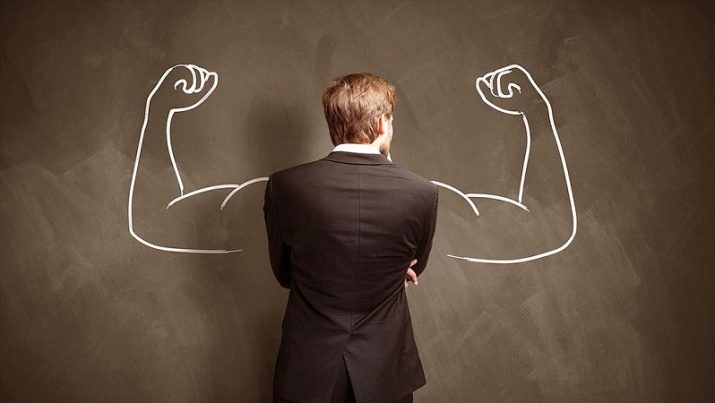
Strong
Strong critical thinking is called a person's ability to comprehend logic in its pure understanding... The intentions of such a person are always positive, he studies the circumstances, phenomena, events and strives to ensure that his decisions benefit the rest of the people around him, and not only him, and often does not think about personal gain. Such a person is aimed at overcoming obstacles on the path to truth. It is she who is his main and desired goal. A person with a strong CI learns quickly and willingly, he is open to everything new and interesting, does not deny any point of view, not a single discovery. He needs to study everything, understand how it works, how much truth is in it.
People with strong and weak critical thinking behave differently in the same circumstances. Let's say a fraudulent scheme has been identified in a large company, according to which employees of a certain department withdraw considerable funds through shell companies to personal accounts. The auditor reports this to the head of the department with weak critical thinking. The specialist immediately proceeds to analyze the situation, weighs the risks and only after that makes a decision whether it is beneficial for him to suppress the violation or leave everything as it is, having his own financial benefit from what is happening. Losses of the company, ethical issues are of little interest to him.
The same situation, but the head of the department has strong critical thinking. He analyzes the situation, possible consequences for the company and offers dozens of options on how to legalize the leak and direct it to the benefit of his company; at least a dozen alternatives on how to completely suppress the violation, as well as a couple more options from yourself, how to gain invaluable experience from the situation for everyone. He will explain all this in a reasoned manner to the management, not being afraid to be punished for the fact that gross violations were committed in this department.

Development methods and techniques
Critical thinking skills are not a secret science, they can be mastered by anyone who understands how useful it can be in everyday life and work. Everyone can learn this, but you have to try.
Technology implies constant training, which is the basis of learning. There is no age limit.
Brainstorm
It is advisable to use this technique from childhood, in elementary school, in kindergarten. The proposal to solve a problem together, to find options can be at first an entertaining game that forms in students the desire and ability to generate ideas that are not similar to those previously expressed. Many adults use the method at work.
Brainstorming it is important to write down all the options that come in so that you can analyze them later. When teaching, the method of storming through writing and reading allows you to visualize options for the development of events, drawing up a list of alternatives. On paper, this is more visual than in words or in your head. Pay attention to the large schemes with arrows and portraits of suspects and witnesses, which are often placed on the wall by detectives and movie investigators. This is a visual rendition of a brainstorming session that the entire Investigation Department is working on.

Comparison
Constantly practice comparing similar situations and events, phenomena, things. When comparing, discover at least a few differences, even if at first glance they are not noticeable. It can develop the following qualities - observation, concentration, attention to detail.
Comparing your results with your own, but for other periods, will help to detect "weak" spots and promptly correct the situation even before the problem caused by them is discovered. But you can start with the simplest and with each subsequent stage complicate the comparative tasks.
Metacognition
The mention of such a method was first used by Aristotle in his writings. Metacognition implies the ability of an individual to think about his own thinking, to understand the value of knowledge... Among all strategies, metacognition is considered the highest level skill. Having mastered it at least at the middle level, a person begins to see his own mistakes, clearly realize them, including mistakes made directly in the thought process. He begins to learn more effectively.
Several metacognition strategies will help develop critical thinking, such as quantifying your memory and building external memory support, such as taking notes, planning, creating reminders.
At any stage of activity, a person will be able to objectively assess his own effectiveness and change something if it turns out to be insufficient. He will use testing methods for himself and confidently consolidate new skills in practice.
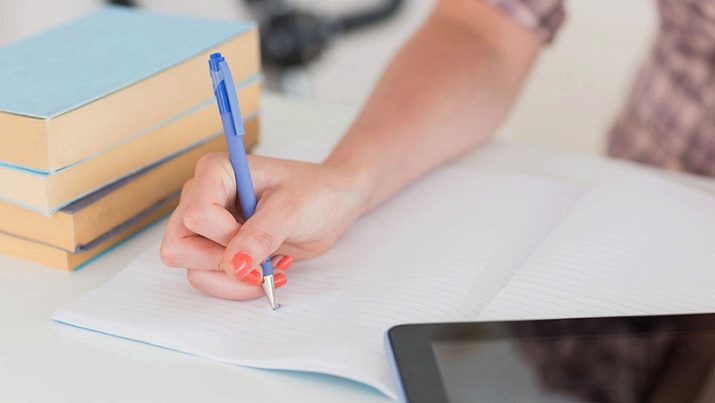
Deduction
Critical thinking training in deduction - the method of logical reasoning - is very helpful. It is often referred to as the "Sherlock Method". This is slow thinking, when a decision or conclusion is reached by passing through complex logical chains. Development is facilitated by solving problems, puzzles. The deductive method implies the derivation of a particular conclusion from the general.
Playing poker and chess, observing objects in low light conditions, peripheral vision, and so on are suitable for training the method of the great detective. All this improves voluntary and involuntary attention, making it easier to collect large volumes of important information details.
Induction
This method is the opposite of deduction. Under him, a general conclusion is drawn from particular statements. The rules of proof, the connection between cause and effect - this is how induction works, and when training critical thinking, you cannot do without it either. Continuous exercise helps to develop the ability to induce, in which it is proposed to classify or systematize disparate elements.
Analysis
Analytical abilities in a particular person are largely genetic in origin, but even typical "creators" and "artists" can develop analytical inclinations. This is facilitated by the solution of mathematical tasks, problems in physics, geometry.
If you solve them at least once a week using school textbooks, you will be able to increase your analytical skills.
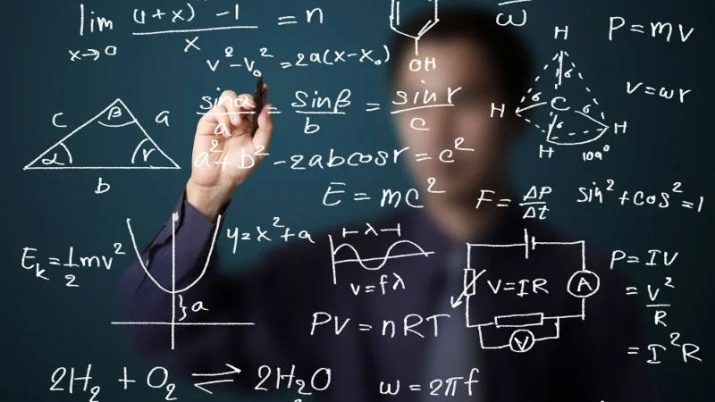
Synthesis
The development of the ability to synthesize helps to learn to look for alternatives and solutions. This is the expansion of the boundaries of imagination, bold assumptions and hypotheses, the generation of fundamentally new ideas. This will require doing the exercise of deliberately rejecting certain truths and finding new ways. Development is facilitated by labyrinth puzzles, jigsaw puzzles, any creative hobbies and hobbies in which a person has the opportunity to make creative choices.
Consistency
Systems thinking is a prerequisite for being critical. It is the ability to combine different facts, draw a conclusion and find a place for it in the field of application. A systematic approach allows you to clearly follow your decisions, without abandoning them or questioning them after they have been adopted and announced.
Development methods
Forming critical thinking is a real job, but if you take it seriously, the results will certainly be there. In an adult, this process is more extended in time than in a child. Therefore, even in childhood, in kindergarten and school, the utmost attention should be paid to the task. For preschoolers and schoolchildren, critical thinking skills are formed in a playful way.
Adults cannot do without changing their attitude towards their lives and doing special exercises.
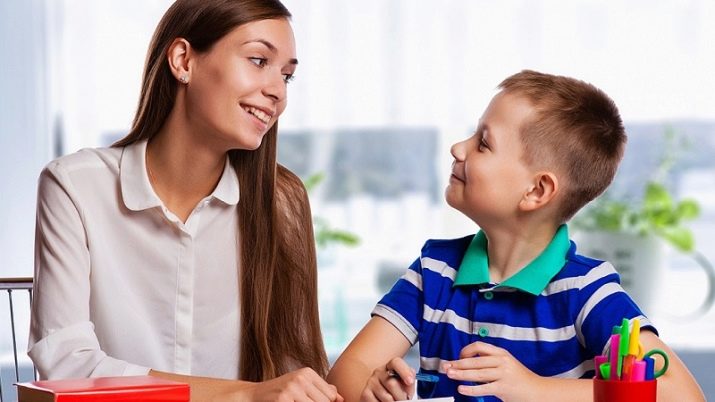
Diary
You should create a separate notebook or notebook in which you will record and analyze the days lived every day. - what new did they learn, did they work effectively, what successes they achieved, what were still unattainable. Analyze your own mistakes and mistakes on paper. Based on the analysis, every day in the evenings, draw up a plan to eliminate errors and eliminate their consequences, plan upcoming actions, exclude situations in which you will waste your time irrationally.
Take your time with decisions
Like Detective Sherlock Holmes, don't jump to conclusions. Something happened - gather more information on this topic, work through several options, and only then proceed to choosing a solution. This will not be delay in the negative sense of the word. This will be an awareness raising. And the likelihood of an erroneous impulsive decision, which you may regret later, will decrease.
Be objective
Evaluate reality in a detached way. Only the absence of a positive or negative sign before an action, event, or your assessment guarantees that the optimal decision will be made in the end. Think of failures as tasks - they just need to be solved, and problems as an experience and a platform for practicing your new knowledge, and not as a reason for worry and stress.

Do not be afraid to "fight off the herd"
The herd instinct guarantees survival of a living creature. But he also weaned thinking with his own head, relying on personal experience and personal observations. If the crowd goes somewhere, you blindly follow it, and this is a sign of a lack of critical thinking. If you stop for a second and think whether you need to get to where everyone is going, then you will probably make a different decision and go your own way.
"The main thing"
This exercise for adults will help you learn how to connect events, look for patterns and calculate the main thing from the mass of information "tinsel". Open a newspaper or news site, look at all the headlines. List the main topics. Consider how articles on one topic might relate to publications on another. Then combine all the events into large blocks, and then display a short and capacious title of your own, reflecting the picture of the whole day. Gradually learn to work with more than one newspaper, but with several sources.
"Dark side"
This exercise helps you learn to perceive information objectively, develops healthy self-criticism and the ability to find your mistakes. Work from multiple points of view. For example, ask during the break what colleagues think about the problem of the climate on the planet. Some will say that there are no problems, they were invented by politicians. The second asserts that there is a problem, and, on the contrary, they talk too little about it, and do nothing about it at all. Your task is to listen to arguments from both sides, and then go to the Internet in search of a solution, get acquainted with statistics, scientific evidence.
Usually, already at the stage of listening to an opinion, a person begins to internally accept one of the positions. If this happens, look for information only about the opposite position.
Studying materials on a topic that is contrary to beliefs will be painful, but necessary for developing critical thinking.
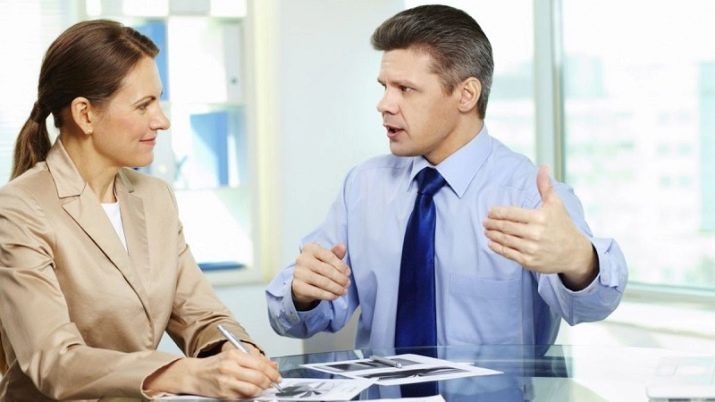
Divide arguments
All information that comes to you is either a statement of fact, or is designed to convince you of something. For example, information about the danger of viruses is background information, and insistent advice to buy a certain drug from them in order to protect yourself is manipulation. Eliminate manipulation. Don't let anyone convince you of something. Make decisions about purchasing drugs for viruses yourself. Even when looking for ready-made recommendations, check the reliability of convincing information, is it really so?
"False mirror"
The exercise is aimed at building a skill find cognitive biases... In fact, you must learn to see for yourself the mistakes of your own thinking. If we are looking for evidence only of our point of view, we are making a mental error, ignoring counterarguments.If we seek justification for other people and ourselves, we cause cascades of mental disturbances, on the basis of which we are no longer able to draw correct conclusions.
Start with others. In them, as you know, it is always faster and easier to search for "specks" and "logs". Observe the actions and decisions of others, find and fix mistakes for yourself. Then transfer them to yourself, check yourself.
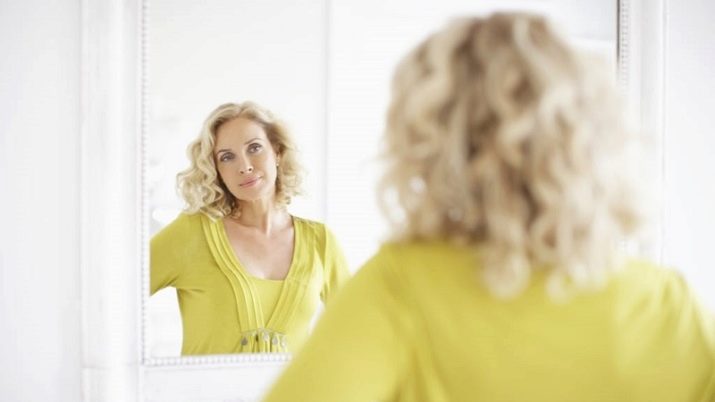
Reflection
The exercise includes an analysis of the most important actions and decisions that you made during the day, week, month. In each it is necessary to determine what could be changed, and how the results of the action could change from this. Ask yourself why and under the influence of what the decision was made.
Children's exercises
There are pedagogical methods for the development of critical thinking in children. These are the famous “6 hats”, and the “Basket of ideas”, and logic games that children love. The main thing is that the exercises are age-appropriate and understandable to the child.
If the baby has features - he is too critical or, conversely, you should contact a child psychologist to choose the optimal set of techniques.









